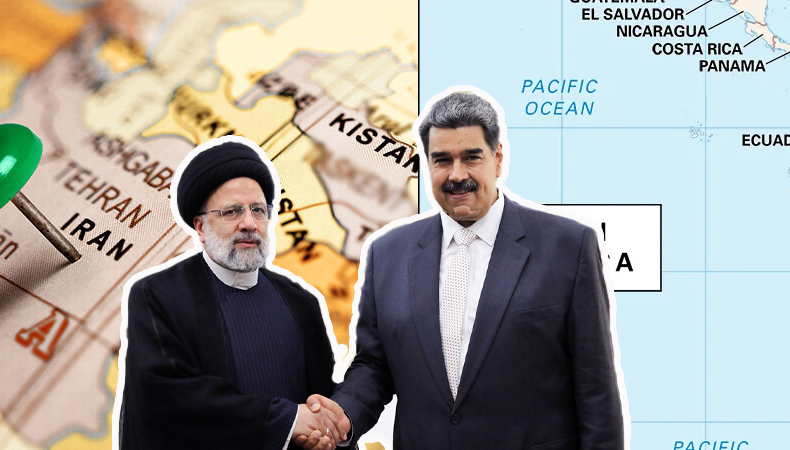Iran and Latin America Do Not Complement One Another Economically

In a world marked by shifting alliances and recalibrating geopolitical dynamics, Iran’s recent foray into Latin America has captured global attention. The visit of Iranian President Ebrahim Raisi to Venezuela, Nicaragua, and Cuba in mid-June 2023 signals a deepening of ties between two regions that have found common ground in their opposition to the US-led international order. This growing alliance, while promising on ideological fronts, has yet to fully materialize into the desired economic and diplomatic success for Latin America.
Unity Against the United States
Ebrahim Raisi’s high-profile trip to Latin America speaks volumes about the strategic pivot that Iran is making toward the region. The visit not only reinforced the commitment of both Iran and the three Latin American nations to forge a formidable bloc challenging the traditional power structures but also showcased their determination to shape global politics on their terms.
This newfound partnership is rooted in their shared disdain for the US-led international order, which they believe perpetuates unequal power dynamics and disregards the sovereignty of nations. The struggle for autonomy has become the rallying point, and the visit of President Raisi underscored their intent to work collaboratively towards counterbalancing the perceived global dominance of the Western powers.
However, despite the ideological resonance, it is evident that the relationship between Iran and Latin America is yet to achieve the economic and diplomatic heights that both sides aspire to. While mutual opposition to the US-led order has undoubtedly laid the foundation for collaboration, translating this alignment into meaningful cooperation has been met with challenges.
One of the significant hurdles is the geographical distance between the two regions, resulting in logistical complexities that hinder rapid trade and cultural exchange. Furthermore, economic sanctions imposed on Iran limit its ability to extend substantial financial support to
its Latin American allies. Similarly, the Latin American nations themselves face internal economic and political challenges that require immediate attention and resources.
Keep Reading
The Next Frontier
To transform this alliance from an ideological alignment to a concrete partnership, both Iran and Latin America must focus on bolstering their economic ties. By diversifying trade and investment avenues, they can harness each other’s strengths to drive sustainable growth. Iran’s technological prowess and energy resources could complement Latin America’s agricultural and mineral wealth, creating a mutually beneficial economic landscape.
In this regard, the establishment of joint ventures, trade agreements, and investments in key sectors like energy, agriculture, and technology would be pivotal. These collaborations would not only stimulate economic growth but also foster people-to-people connections that strengthen the overall relationship.
Iran’s President Raisi’s visit to Venezuela, Nicaragua, and Cuba in mid-June 2023 marked a significant step towards solidifying the Iran-Latin America alliance against the US-led international order. This united front is grounded in a shared vision of autonomy and a desire to reshape global dynamics.
While this partnership holds great promise, both sides must navigate practical challenges to transition from ideological unity to tangible diplomatic and economic cooperation.
By leveraging their respective strengths and investing in strategic sectors, Iran and Latin America can unlock a new era of collaboration that benefits both regions and challenges the traditional power structures that have shaped the global order for decades. As these nations continue to work together, it’s to be seen whether it will ultimately lead to lasting prosperity and transformation on the international stage.







